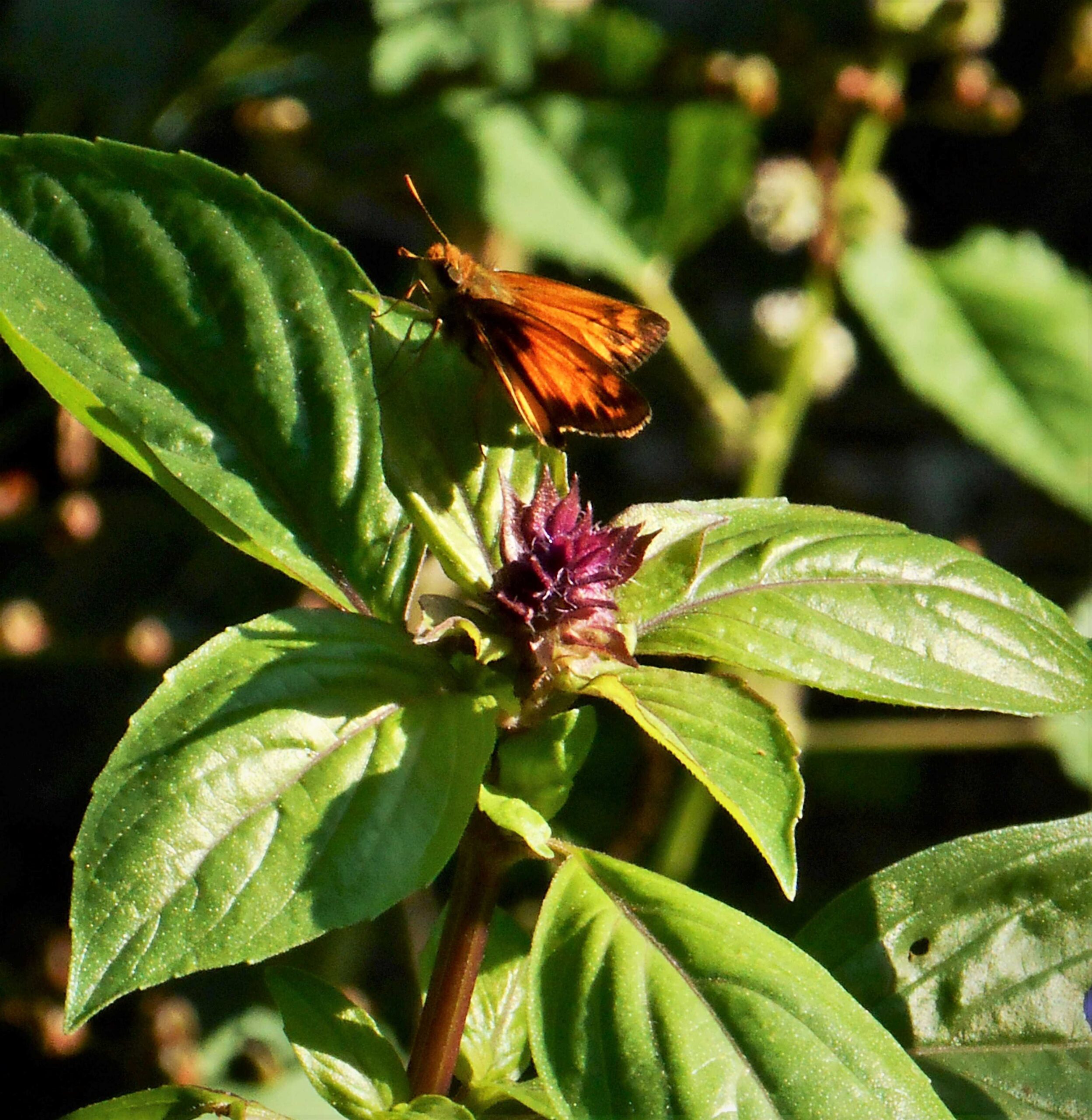Burst Into Spring with Eastern Redbud
A Beacon of Spring A blooming redbud tree grabs my attention like no other spring flowering tree. It just suddenly lights up like a neon beacon glowing brightly in the edge of the wintery forest; transforming from non-descript to gorgeous in the space of a day. Unlike other spring blooming trees which show visibly swelling buds for weeks, while they wait for winter’s cold to pass; clusters of redbud blossoms simply break directly out of its bark, anywhere and...










